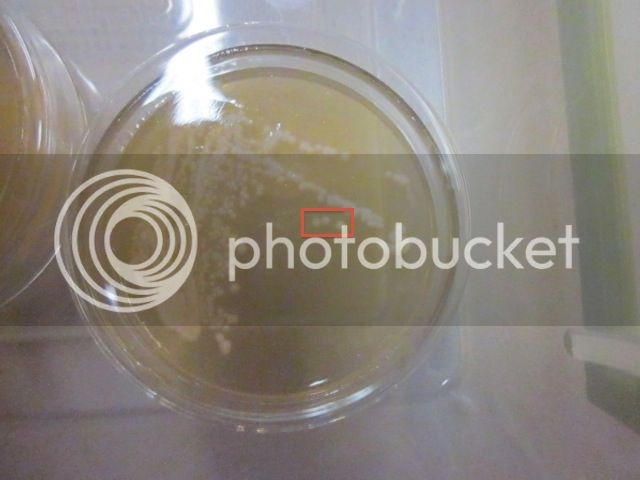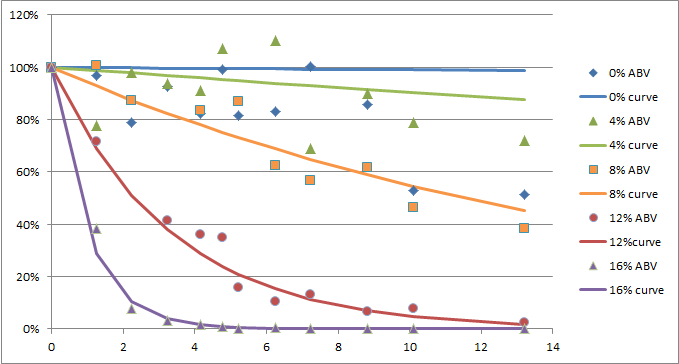chrisdb
Well-Known Member
subscribe

"After three days the yeast will settle completely and be nice and clean."
Anyway, after just 5 hours we've already got plenty of pure white yeast for two 5 gallon batches. I'd say there's at least 3 tablespoons in each jar, and the top liquid is still cloudy.
Now my real question is.... HOW IMPORTANT IS IT TO WAIT UNTIL THE TOP LIQUID IS CLEAR???
My buddy is, of course, rushing our process so that we can brew tomorrow morning. I said we shouldn't do it until tomorrow night, at the absolute earliest. 5 PM will be the 24 hour mark.
My theory is that you want the top liquid / beer to be as clear as possible, because you want the least flocculant yeast to remain with the most flocculent yeast that have already bottomed out after 5 hours.
One of Wolverinebrewer's posts in my OP states:
So my question is can yeast make it longer than 24 hours?? If there are yeast that can keep on "kicking" for more than 24 hours in a fridge, then wouldn't those be some of the most healthy and important yeast that you'd want to settle before decanting the top liquid???
Any thoughts on this?
Awesome questions.You make some valid points, but my questions are 1) will it make a big difference in the beer if you out the liquid in too? If not just pitch it all in. 2) what yeast is it? If it's a really strong fermenter like the California ale yeast, you'll be fine pitching slightly higher flocculating yeast.
Preferably, one doesn't want to carry the least flocculent yeast over to the next fermentation. In a pure culture, the least flocculent yeast cells tend to be respiratory-deficient mutants.
The photo shown below contains a plate that I streaked from a yeast culture that was harvested from a bottle of bottle-conditioned beer. The small colonies are more than likely respiratory-deficient mutants (a.k.a. petite mutants or simply "petites"). The colonies in the rectangle are the reference culture.

It's common knowledge that the least flocculent fraction of a pure culture is composed mostly respiratory-deficient mutants. That's why crops are taken from the middle of the yeast layer in the cone of a conical fermentor.
A Wiki entry on petite mutation (I know, Wiki is not a citable source):
http://en.wikipedia.org/wiki/Petite_mutation
A seminal paper on respiratory-deficient mutants is:
Respiratory Deficiency in Brewing Yeast Strains-Effects on Fermentation, Flocculation, and Beer Flavor Components. José R. Ernandes, John W. Williams, Inge Russell, and Graham G. Stewart
